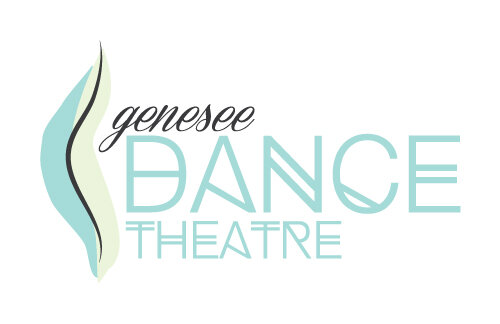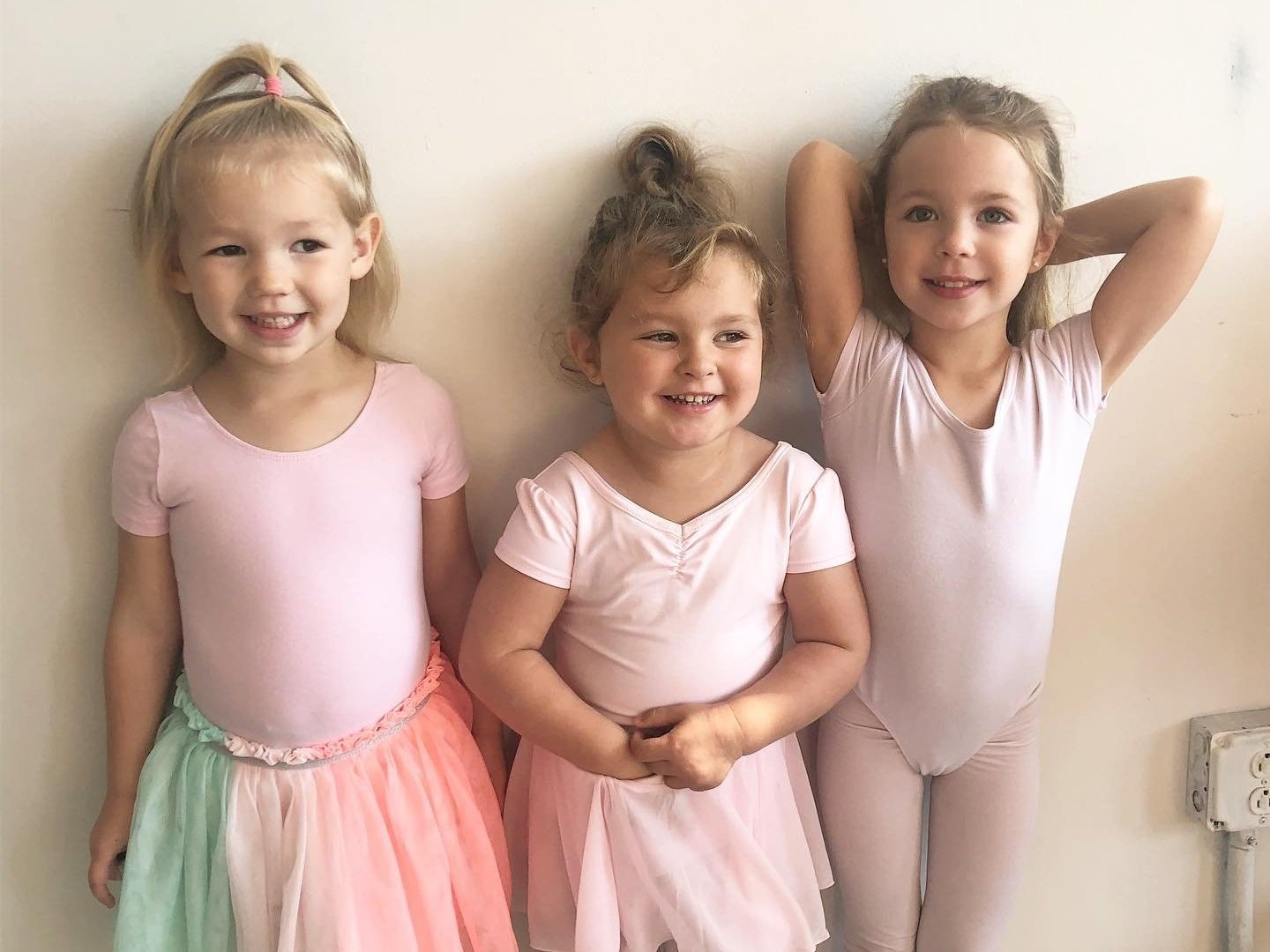How young is too young to start dance?
Part one of a three part series about early childhood dance by Genesee Dance Theatre director Sarah Keeler.
Toddlers in tutus.
There’s no question that it’s adorable to see a tiny child twirling with delight in front of a mirror as part of a baby ballet class.
But while some parents are banging down the doors of dance studios to enroll their child as soon as she can walk (or even earlier), others are asking: is my toddler ready for dance class?
One reason there’s such confusion about when to introduce children to dance classes is that every dance school treats this age group a little differently. Some studios offer classes for children as young as 1 year old, while others don’t accept students younger than age 6 or even 8 years-old.
So which way is right?
The answer depends on two factors: the child and the dance class. Seems obvious, right?
A few signs your child is probably ready to try toddler dance class:
They can walk and run
They can walk up and down stairs (holding onto a rail or adult’s hand).
They copy movements and words.
They can play well alongside others, even if they don’t directly interact with other children.
They will follow simples single sentence directions (e.g. Sit in the chair! Hug the teddy bear).
They recognize and get excited to hear familiar songs and music.
These are primarily physical milestones, but social and emotional milestones are just as important, if not more so. If your child generally cannot resist throwing objects at others and ignores or resists redirection, they are likely not ready for dance class just yet. Chances are they just need a bit more time!
When we have kids like this in the studio, I’ll encourage parents to try again in another 3-4 months, while continuing to play music and dance for fun at home.
If you’ve decided the time is right to try dance, your next step should be to research the offerings for this age group in your area. Just like no two children grow and learn at the same rate, no two dance classes will present material exactly the same way.
Students line up for a creative movement class at Genesee Dance Theatre.
What type of dance is best for toddlers?
Look for classes that emphasize play-based learning and the development of general motor skills rather than one specific dance technique. Right now, your child’s dance class should look a whole lot like playing!
Jumping, kicking, crawling, marching, clapping, making faces, rolling around on the floor. All of these movements serve real purposes in helping humans develop the balance, coordination, strength and proprioception skills we will use our whole lives.
That said, the class should have structure and guidance. A good teacher will repeat and build on familiar games and activities each week, offer encouraging words to each dancer. Our Leap ‘n’ Twirl class for toddlers always starts with the same warm-up song, and incorporates props and creative imagery in each activity.
Steer of classes claiming to be teaching specific techniques like ballet or tap to children under the age of 3. Introducing formal dance training too early — the kind that requires memorization of terminology, slow repetition and synthesizing of multiple concepts at once—can interfere with a child’s natural physiological development.
4 year-old pre-ballet students in their debut student performance in 2022.
What about performances?
I generally don’t recommend putting kids younger than 4 (or even 5, depending on the child) in formal performances, including most recitals. Some 3 year-olds may be ready, but but often performances on big stages with lights, unfamiliar faces and more can be overwhelming to young kids and backfire, causing more stress than joy for everyone involved, particularly the child.
Instead, let toddlers and very young preschoolers demonstrate learned material to an audience of parents and familiar adults with a less formal in-studio showing at the end of each season! This prepares them for the concept and experience of performing, and makes them that much more excited when they’re old enough to join the “big dancers” on the main stage!
Okay. You’ve decided to enroll your energetic 2-year old in a local dance class. When it’s time to pay that registration fee you think . . . “Wait. Is this even worth it?”
That’s a topic that deserved a its own entire post!
Stay tuned for part two of this three part series on early childhood dance: “What does my child get out of dance class?”



